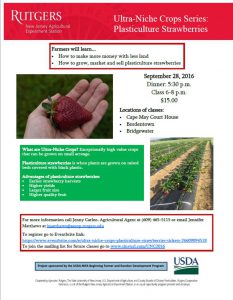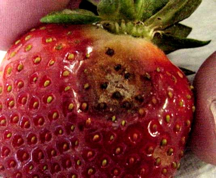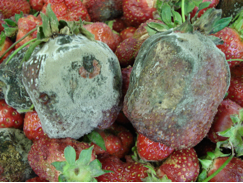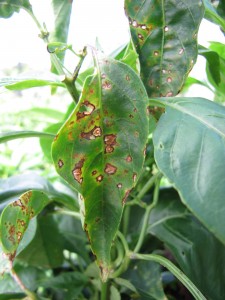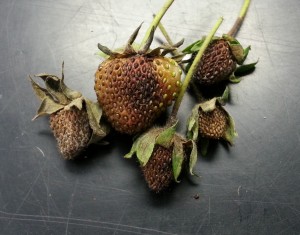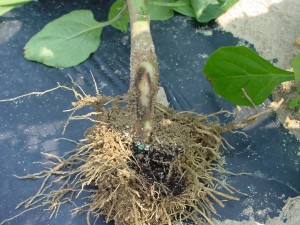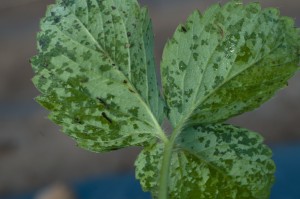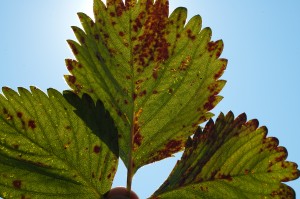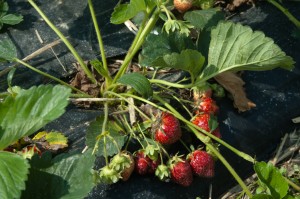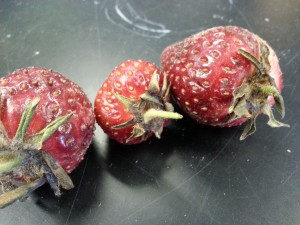Learn how to grow, market and sell plasticulture strawberries. Production basics, food safety considerations, post harvest handling specifics, budgeting and buyer preferences.
September 28, 2016 5:30 – 8:00 p.m. at three locations:
– RCE of Somerset County, Bridgewater
– RCE of Cape May County, Cape May Court House
– Rutgers EcoComplex, Columbus
For more information call Jenny Carleo, Agricultural Agent at (609) 465-5115 or email Jennifer
Matthews at jmatthews@aesop.rutgers.edu
To register go to Eventbrite link:
https://www.eventbrite.com/e/ultra-niche-crops-plasticulture-strawberries-tickets-26609094518
To join the mailing list for future classes go to The Ultra-Niche Crop Project
